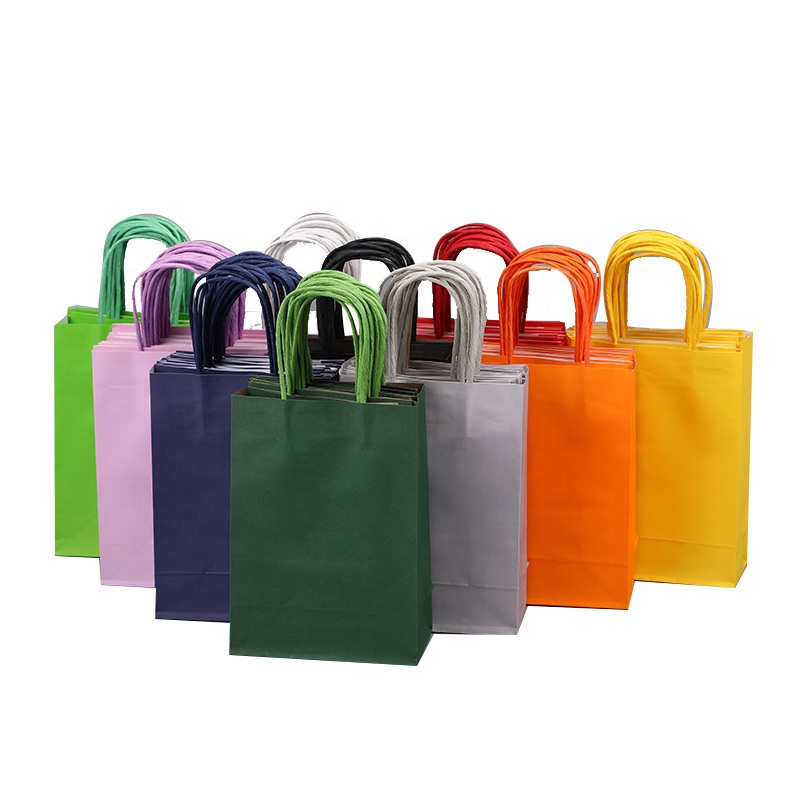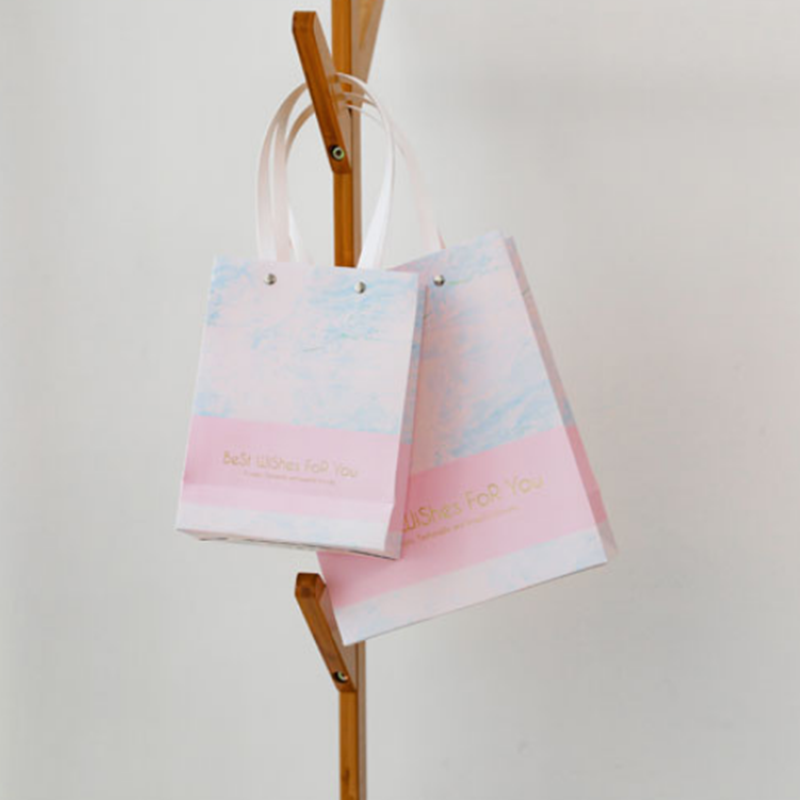The history of kraft paper bags dates back to the late 1800s. Here is a brief overview of the historical evolution of kraft paper bags:
- Invention of the kraft process: The kraft process was invented in 1879 by a German chemist named Carl F. Dahl. This process involved cooking wood chips in an alkaline solution, which resulted in a strong, durable paper pulp that was ideal for packaging.
- Introduction of kraft paper bags: In the early 1900s, kraft paper bags began to gain popularity as a packaging material. These bags were strong, durable, and affordable, making them an attractive option for a variety of industries.
- Growth of the grocery industry: In the early 1900s, the growth of the grocery industry created a high demand for packaging materials like kraft paper bags. Grocery stores began to use kraft paper bags to package food items like grains, sugar, and flour.
- Introduction of printed bags: In the 1920s, businesses began to realize the marketing potential of kraft paper bags. Printed bags featuring brand logos and advertising messages began to appear in grocery stores and other retail environments.
- Expansion of bag types: In the mid-1900s, the popularity of kraft paper bags continued to grow, and new bag types were introduced to meet the needs of different industries. For example, block bottom bags were introduced for packaging heavy or bulky items like pet food or cement.
- Focus on sustainability: In recent years, there has been a growing focus on sustainability in the packaging industry. Kraft paper bags are an attractive option for businesses looking to reduce their environmental impact, as they are made from renewable resources and are easily recyclable.
Overall, the evolution of kraft paper bags has been closely tied to the growth of the packaging industry and changing consumer preferences. As businesses continue to prioritize sustainability, we can expect to see kraft paper bags continue to play an important role in the packaging landscape.



